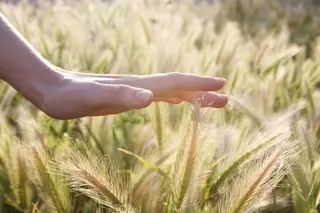Large amygdalas, it seems, are social amygdalas. These paired regions, typically referred to as almond-shaped (indeed their name comes from the Greek for almond), are known to be part of the brain responsible for sociability as well as fear and other deep-seated emotions. Lisa Feldman Barrett and colleagues sought to find out whether size matters in the amygdala, and according to their study in Nature Neuroscience, there is a connection between people having big amygdalas and having big, complex social networks.
The researchers measured two social network factors in 58 adults. First, they calculated the size of a participant’s network, which is simply the total number of people that are in regular contact with the participant. Second, they measured the network's complexity, based on how many different groups a participant’s contacts can be divided into. ... Linear regression revealed a positive correlation in amygdala size with both social network size ...













